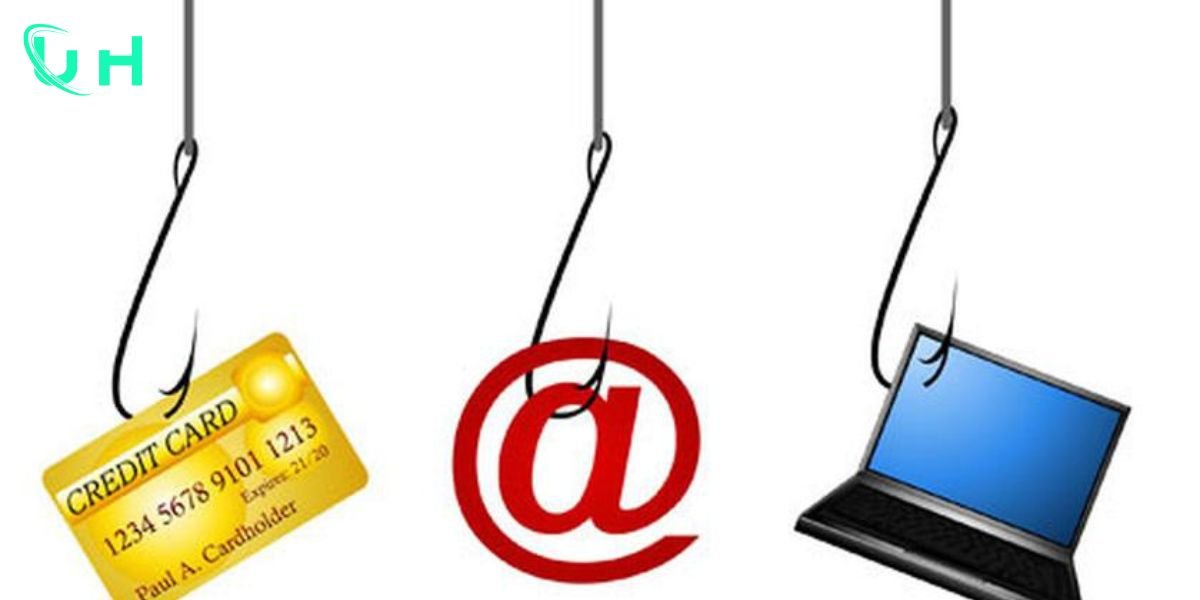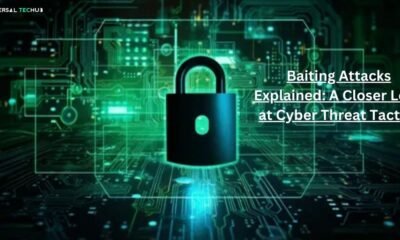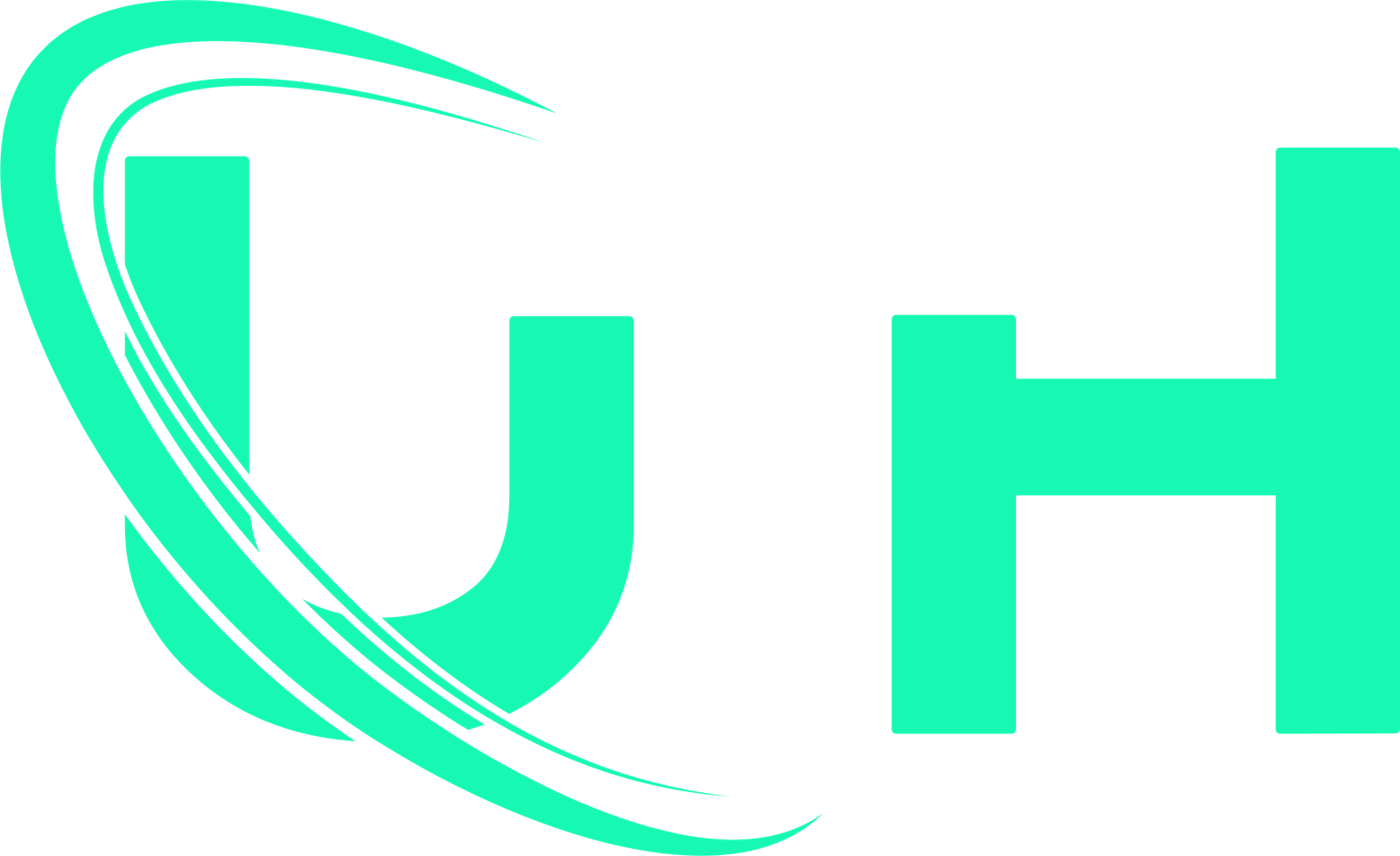Phishing attack
What is the difference between phishing and smishing?

I believe social engineering attacks are fantastically significant because they target the human element, often bypassing technical defenses by manipulating trust, curiosity, or fear. With this in mind, I’m excited to overview this question in-depth and provide a detailed response to help clarify the topic. Phishing and smishing are both social engineering attacks designed to cheat individuals into leaking important information or sending money to cybercriminals. However, they differ in their primary method of communication:
Phishing:
- Communication method: Uses emails as the primary method of communication.
- Target device: Primarily targets computers or any device with access to email.
- Links and attachments: Often contain malicious links or attachments that, when clicked or opened, can lead to malware installation or redirect the victim to a fake website.
Smishing:
- Communication method: Uses text messages (SMS) as the primary method of communication.
- Target device: Primarily targets mobile devices.
- Links and attachments: Often contain malicious links or phone numbers that, when clicked or dialed, can lead to malware installation or redirect the victim to a fake website.
Key differences:
- Communication medium: Phishing uses email, while smishing uses text messages.
- Target device: Phishing primarily targets computers, while smishing targets mobile devices.
- Links and attachments: Phishing emails often contain malicious attachments, while smishing messages often contain malicious links or phone numbers
Difference Between Phishing and Smishing
| Aspect | Phishing | Smishing |
| Delivery Method | Emails | Text messages (SMS) or messaging apps |
| Medium | Email platforms like Gmail or Outlook | Mobile devices via SMS or apps like WhatsApp |
| Appearance | Often includes logos, branding, and attachments | Short, direct messages with urgent language |
| Common Targets | Individuals and businesses with email accounts | Mobile users |
| Tactics Used | Links to fake websites or malware attachments | Links in texts or fake requests for details |
| Detection Tools | Spam filters and email security tools | Mobile security apps and awareness |
In summary, phishing uses emails, while smishing uses SMS or mobile messaging to execute attacks.
Both phishing and smishing attacks aim to cheat individuals into providing personal information or transferring money to the attackers. It is important to be alert and cautious when receiving emails or text messages from unknown senders or when clicking on links or attachments from suspicious sources.
-

 Phishing attack8 months ago
Phishing attack8 months agoWhat is Spear Phishing and How You Can Identify This Scam?
-

 Social engineering attack9 months ago
Social engineering attack9 months agoBaiting Attacks Explained: A Closer Look at Cyber Threat Tactics
-

 Social engineering attack7 months ago
Social engineering attack7 months agoWhat are Social Engineering Attacks – A Complete Guide to Cyberattacks Prevention
-

 Social engineering attack9 months ago
Social engineering attack9 months agoSpear Phishing Attack: A Targeted Cyber Threat
-

 Social engineering attack9 months ago
Social engineering attack9 months agoWhat is spear phishing attack? A detailed guide
-

 Social engineering attack9 months ago
Social engineering attack9 months agoWhat is spear phishing in cyber security?
-

 Phishing attack7 months ago
Phishing attack7 months agoWhat Are Phishing Emails? A guide for you
-

 Phishing attack3 months ago
Phishing attack3 months agoWhy is Phishing Still a Major Cyber Threat? Everything You Need to Know




















